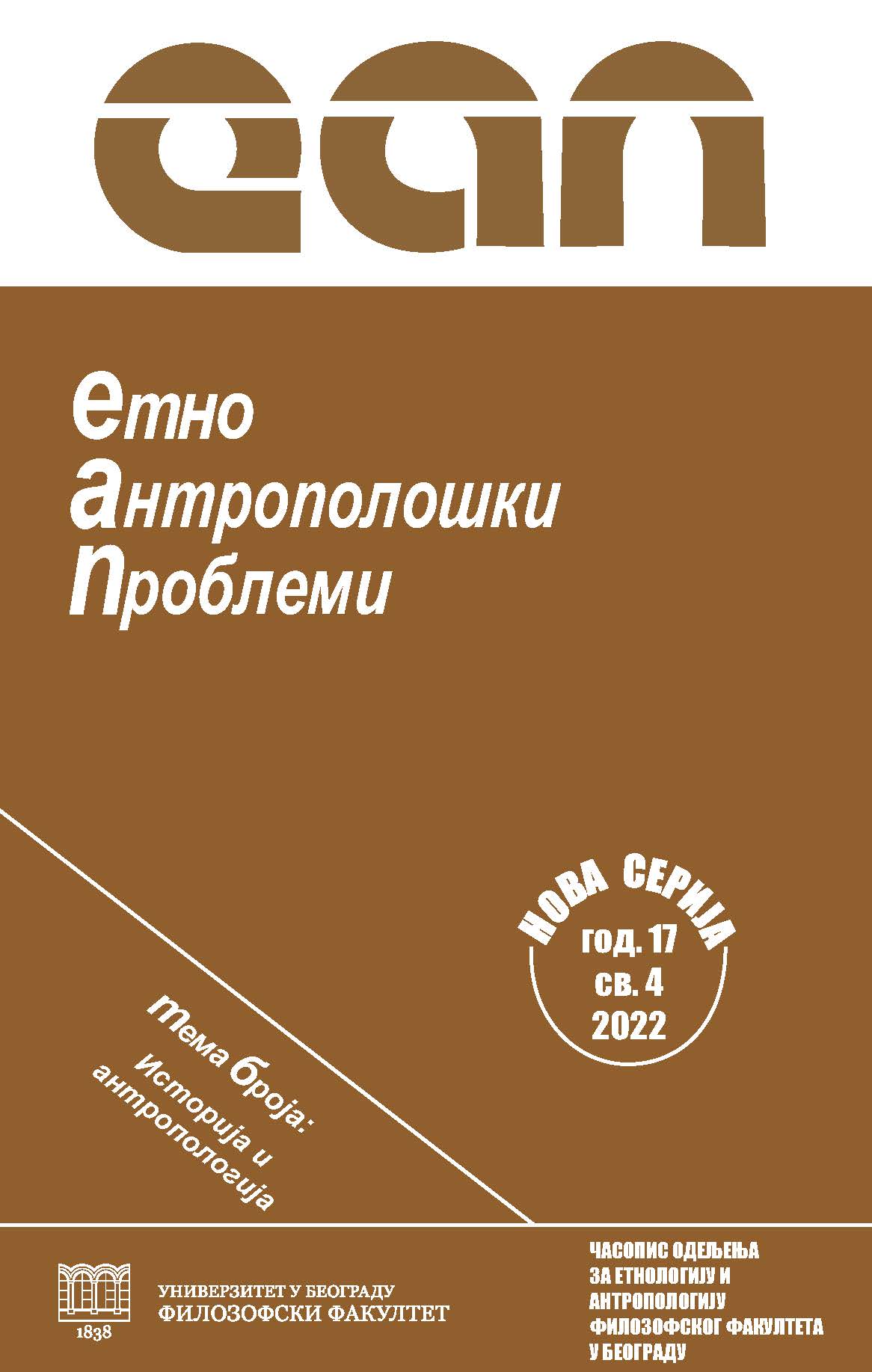Prilog proučavanju razvoja muzejske delatnosti tokom Drugog svetskog rata u okupiranoj Srbiji
A Contribution to the Study of the Development of Museum Activities during World War II in Occupied Serbia
Author(s): Vladimir Krivošejev, Rade RistanovićSubject(s): History, Museology & Heritage Studies, Library and Information Science
Published by: Филозофски факултет, Универзитет у Београду
Keywords: museums; heritage; cultural policy; Milan Nedić’s government; German occupation; collaboration; World War II
Summary/Abstract: Common stereotypical attitudes suggest that more extensive organized activities aimed at expanding the network of institutions for the protection of cultural assets began to be undertaken only after the end of World War II, under the auspices of the Communist party, when a new socialist social system was established. It was then, in 1947, that the Institute for the Protection of Cultural Monuments of Serbia was founded, followed by other local institutes of this kind. In that same period, local archives (archival centres) began to be established, increasing the capacity of archival activities initiated in 1898 with the founding of the State Archives of Serbia. At the same time, a series of new laws were passed; in addition, a number of museums were founded throughout Serbia, thus developing the museum network, which had previously – since the founding of the Serbian Museum (Muzeum serbski) in 1844 – expanded mainly in Belgrade, with only a small number of museums in other cities and towns in Serbia. New research has shown that even during the German occupation in World War II, under the collaborationist government of general Milan Nedić new institutions were founded, partly actually and partly nominally, with the aim of establishing a functional protection network. With the introduction of appropriate legal acts (the Decree on the protection of cultural heritage), the first institution to be founded was the Institute for the Preservation of Cultural Heritage in May 1942. It was not only the precursor of today’s Institute for the Protection of Cultural Monuments of Serbia but also a central heritage institution, with connections to museums which began to be founded in county centres from the autumn of 1942 onwards. Committees were formed, administrators appointed and guidelines for further activities laid down. In the meantime, starting in April 1942, courses for museum workers were organized in Belgrade, and similar training was planned to take place in other cities in Serbia; also, a special Museum Act was being drafted. It would seem that, although certain activities were recorded, museums founded during World War II did not have “firm foundations” and as of the latter half of 1943 there is no more mention of them, and the Museum Act was not passed. On the other hand, it is indicative that soon after the end of the war, musems were founded in all the towns and cities where initiatives for their founding had been recorded during the years of German occupation.
Journal: Етноантрополошки проблеми
- Issue Year: 17/2022
- Issue No: 4
- Page Range: 1403-1430
- Page Count: 28
- Language: Serbian

